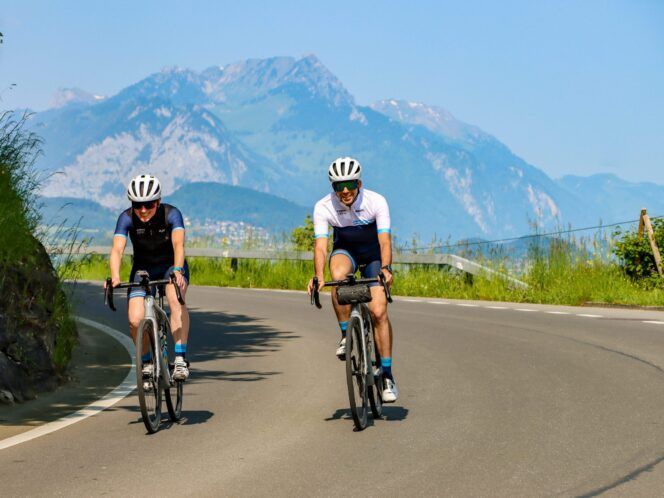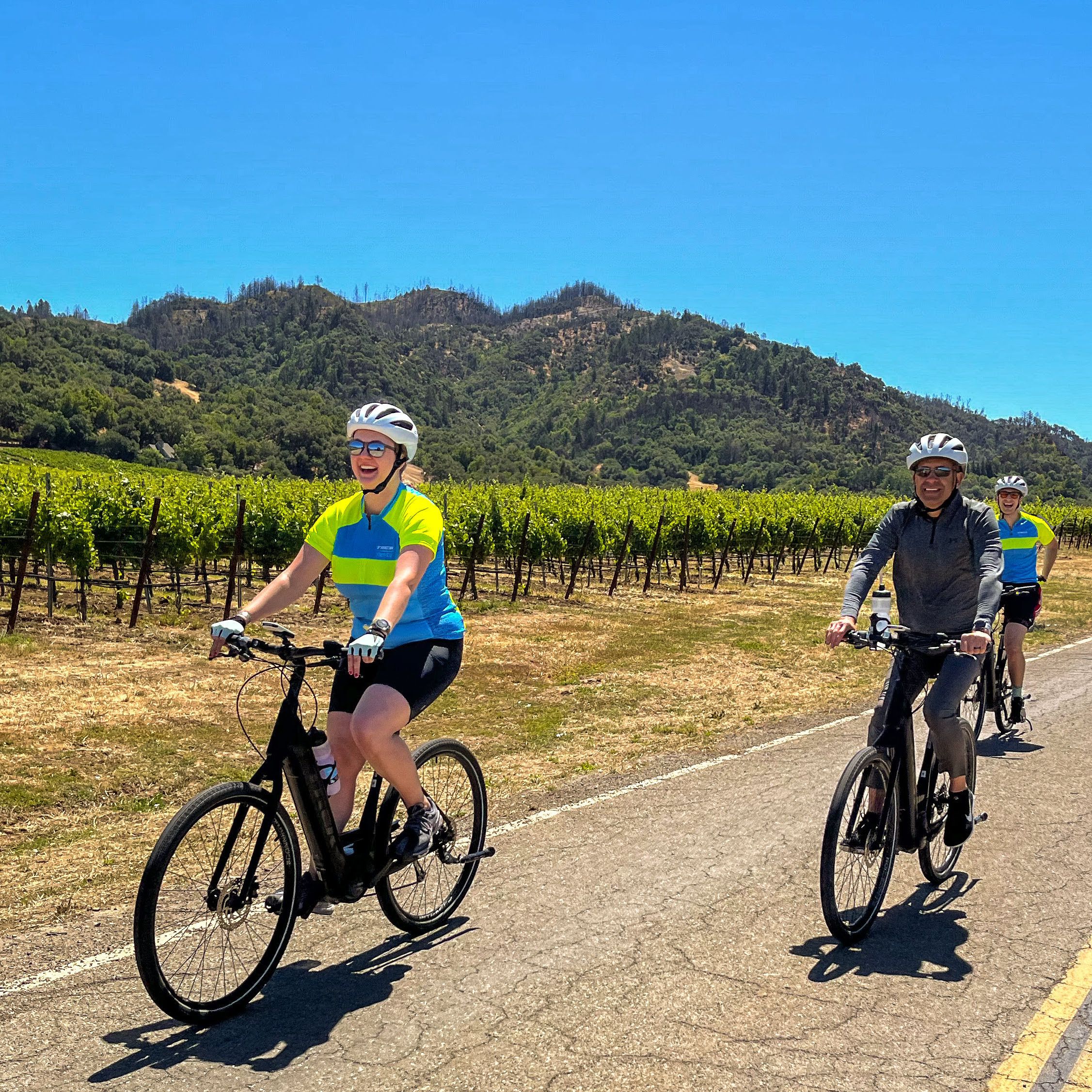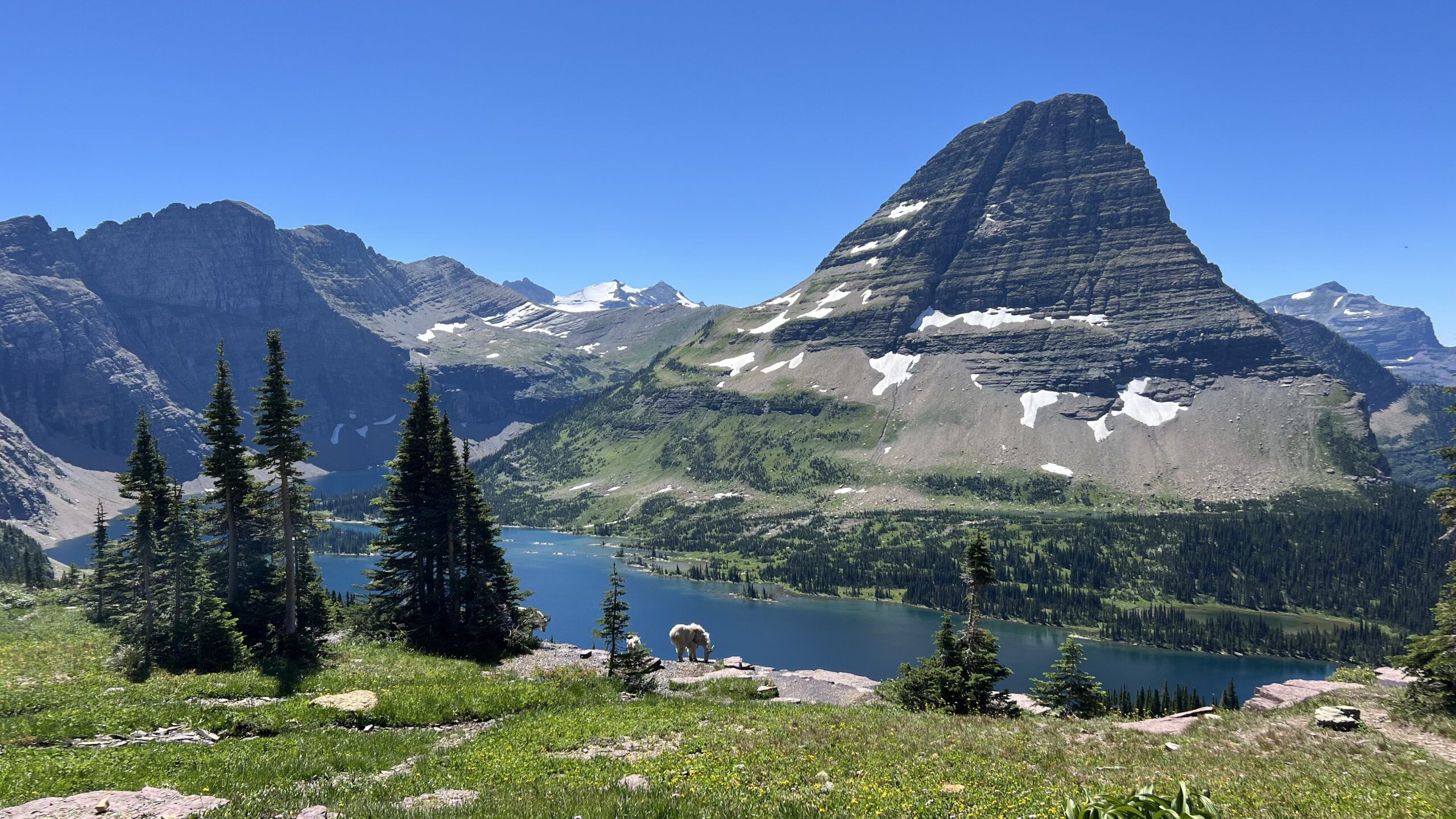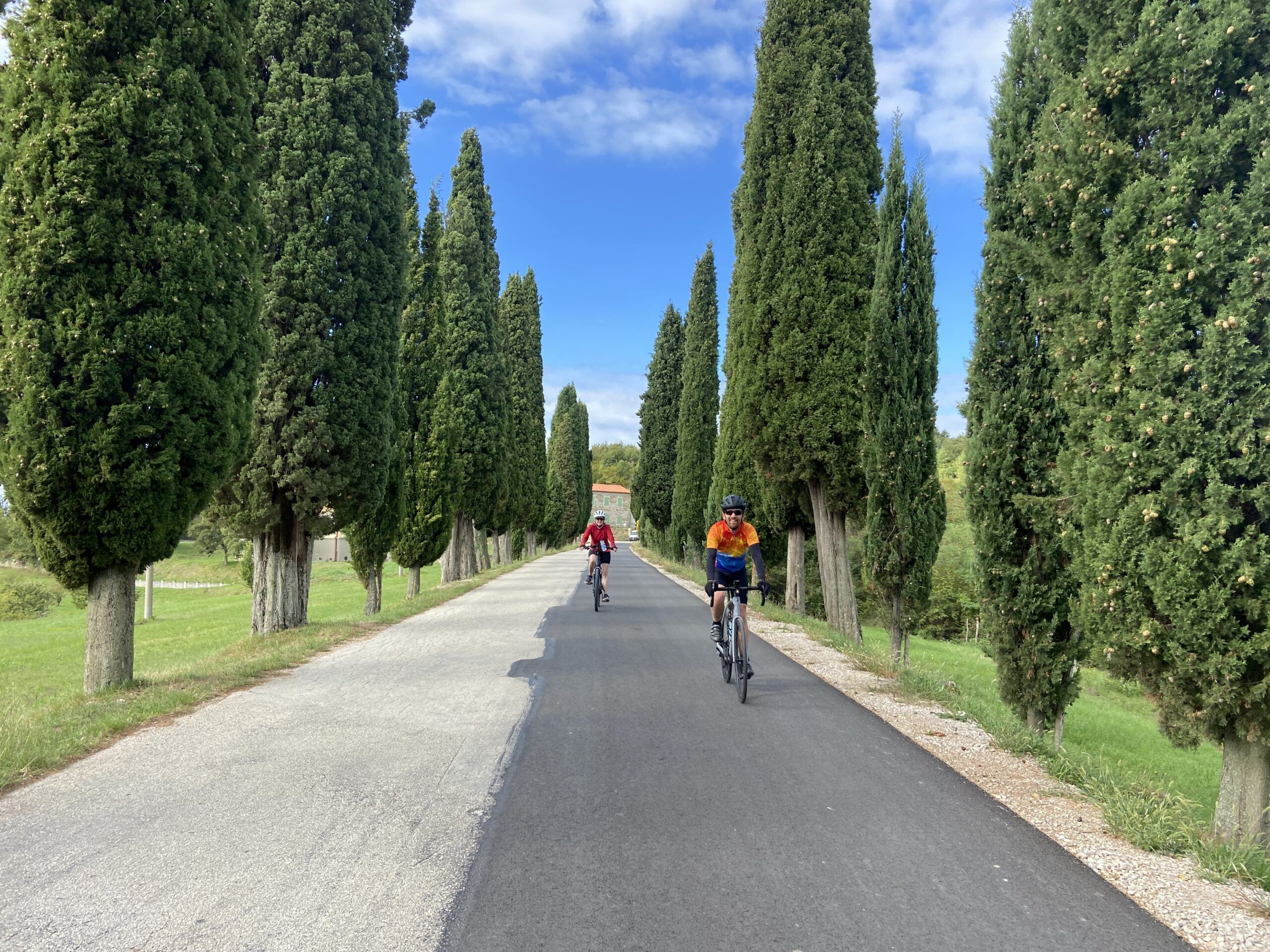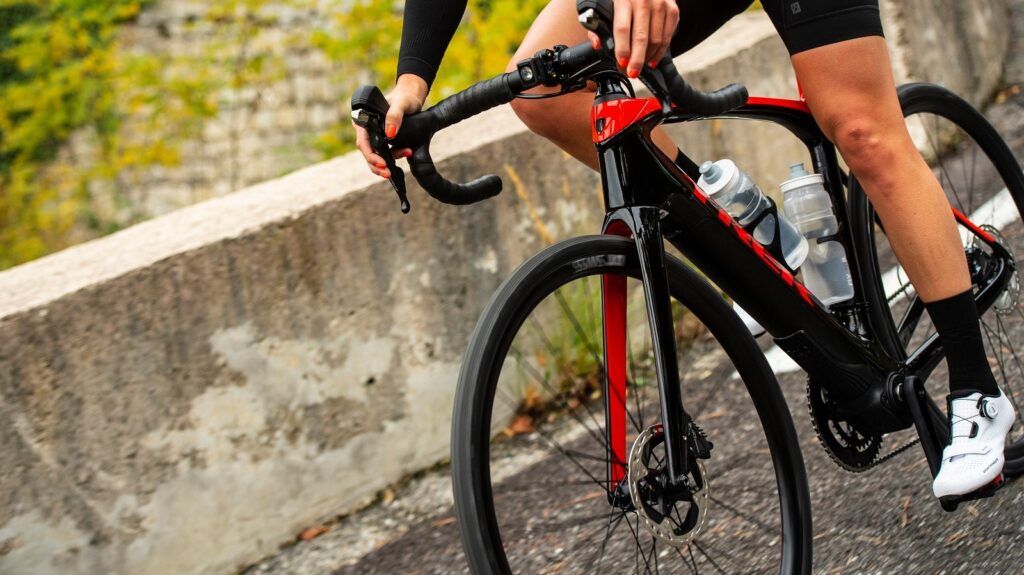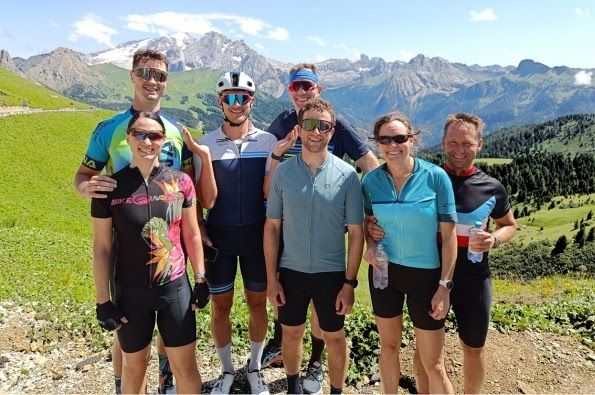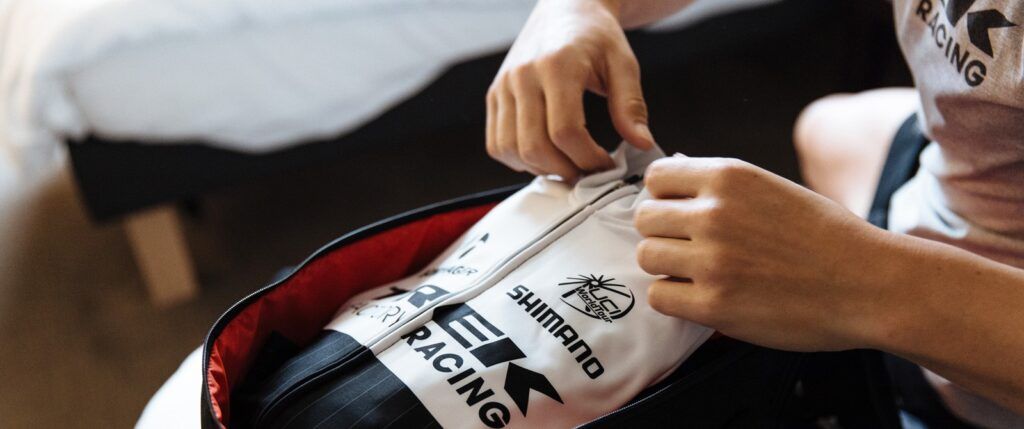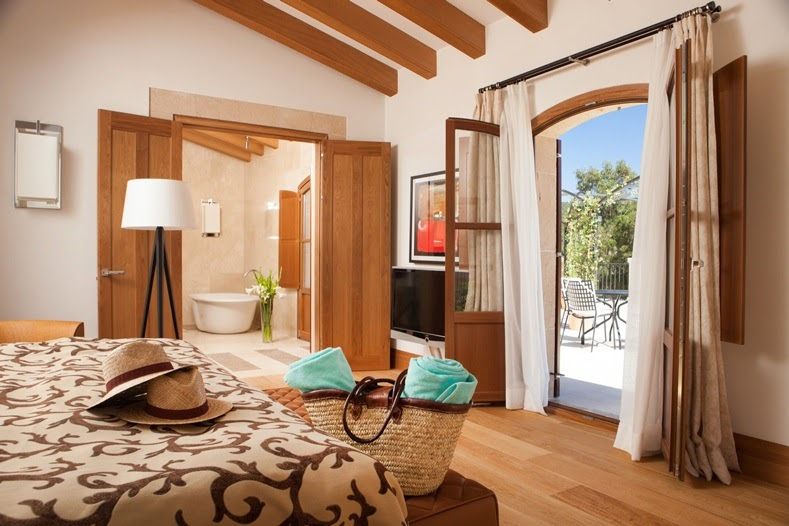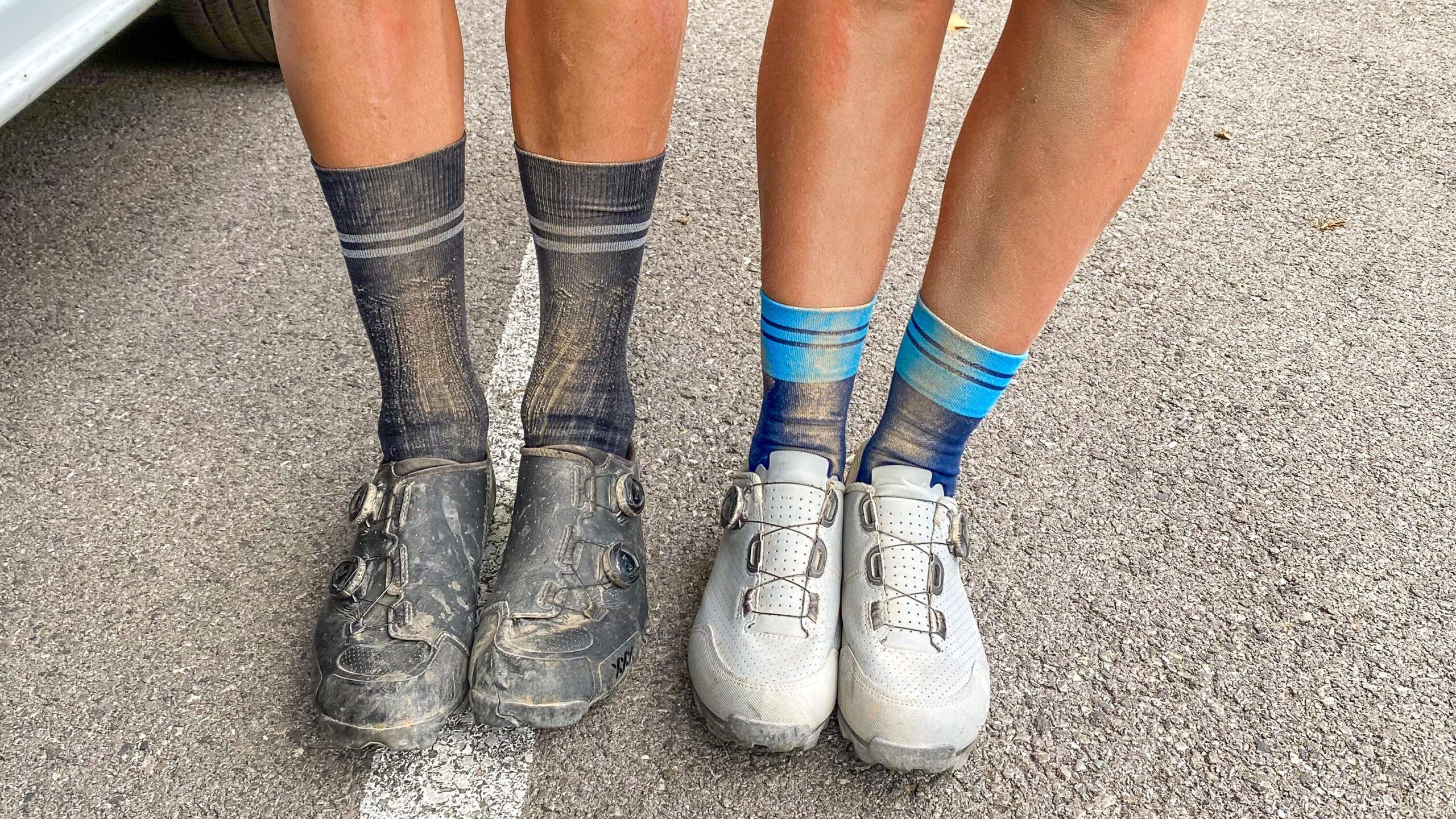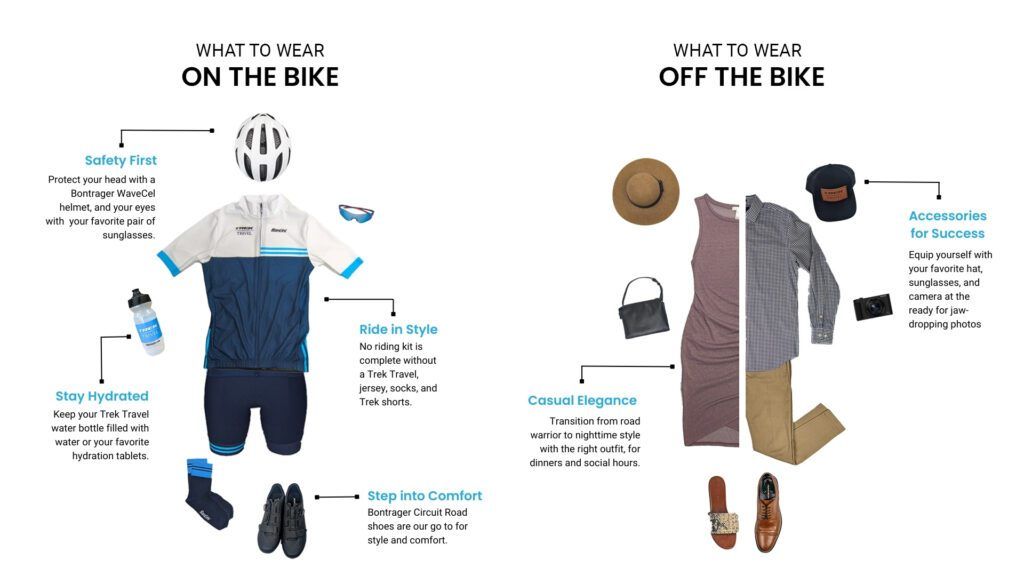
It’s that time of year when fat bikes are out in hoards. Although they have only recently become popular, fat bikes have been around for nearly 10 years and they are a ton of fun to ride.

Over the holidays my brother and I rode our Trek Farleys out in Spearfish, South Dakota on some amazing trails. We have been riding together for many years and we rode plenty of miles in the Minnesota snow long before fat bikes were around. But we had such a blast this Christmas, reminiscing about how much fun we had back then and how much more fun it is with bikes that are actually designed for snow. Even with new bikes, however, some things never change. Like the laughter that ensues after going over the bars right into a big, soft pile of snow. Did I mention we had an awesome time?

“Isn’t it so cold,” you might ask? Well, I won’t lie. It can be cold but you warm up quickly. Just like any outdoor activity, it’s all about the right layers and keeping your hands and feet warm. Having bar mitts makes a world of difference in keeping your hands toasty, and the right footwear is a must as well. I prefer to ride clipped in, though many people like to ride with a simple platform pedal. In the end, it really makes no difference so long as you have a dedicated winter boot to keep your toes warm. The Bontrager OMW Winter Shoes (yes, it does stand for old man winter) are really awesome. I bought a pair to replace my old winter boots and I absolutely love them. They are warm, keep the snow out, and are a great option for clipless or platform pedals. Pro Tip: Buy one size bigger than you typically would. Trust me.

There are more and more places that cater to fat bike riding as well. Riding on a groomed trail is really a treat, and these are popping up in many cities as more people turn to fat biking for their winter activity. I know there are plenty of ice races on frozen lakes in Minnesota, which are super fun to watch and even more fun to participate in. Pro Tip: If you are riding on ice, be sure to have a good set of studded tires. You can buy them pre-studded or you can stud them yourself, but make sure you have them. The large footprint of the tire isn’t enough for traction on the ice, and studs will make a world of difference (no promises you still won’t slide out once or twice).
On that note, traction is directly proportional to tire pressure. You will think I’m nuts when I say that I ride with 3-5psi in my tires. Yes, you read that right: 3-5psi! And the difference from 3psi to 5psi is still incredible when it comes to the amount of grip you can get when cornering. Your standard floor pump won’t be able to give you readings like that, so you’ll have to get a low pressure gauge. I actually carry my gauge with me in my seat pack in the event of a flat tire because it’s really hard to tell pressure by just squeezing these tires.

Ultimately, fat biking is just a really fun way to extend the riding season. I’m sure that if given the chance, most of you would rather be outside on a bike as opposed to riding a stationary a trainer. Am I right? Besides, why wouldn’t you want another bike in the quiver?
In case you were wondering, my personal choice (go figure) is a custom Di2 Trek Farley. I had a lot of fun building this up exactly how I wanted it and have almost as much fun riding it.

